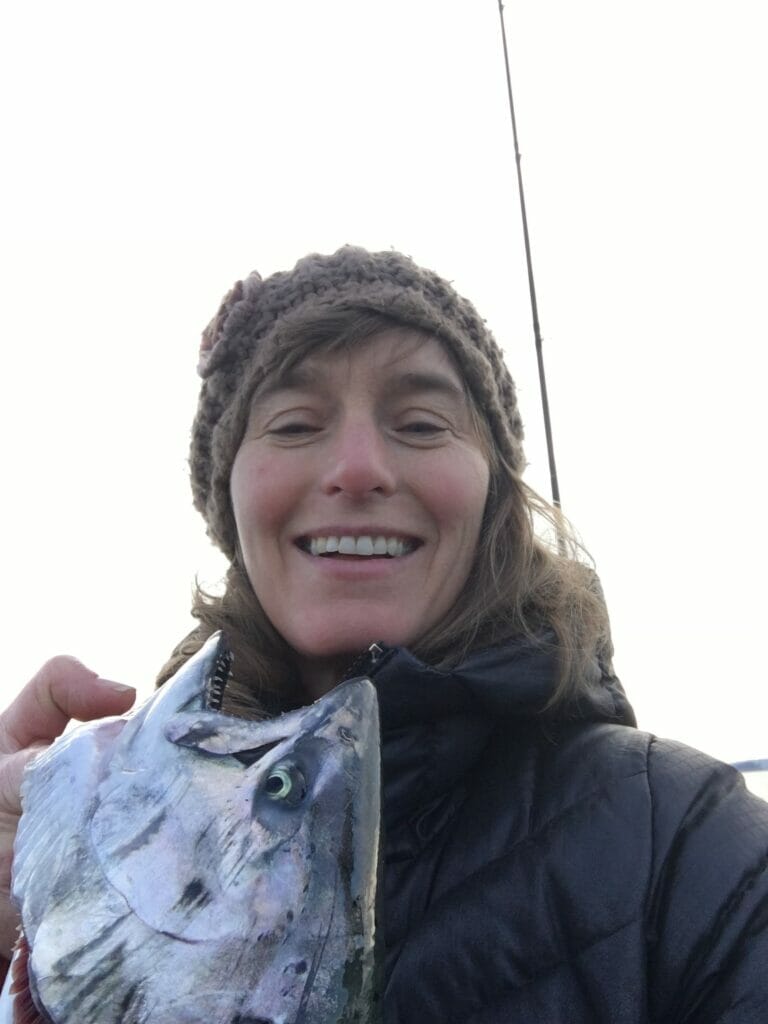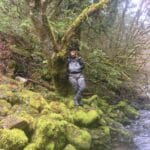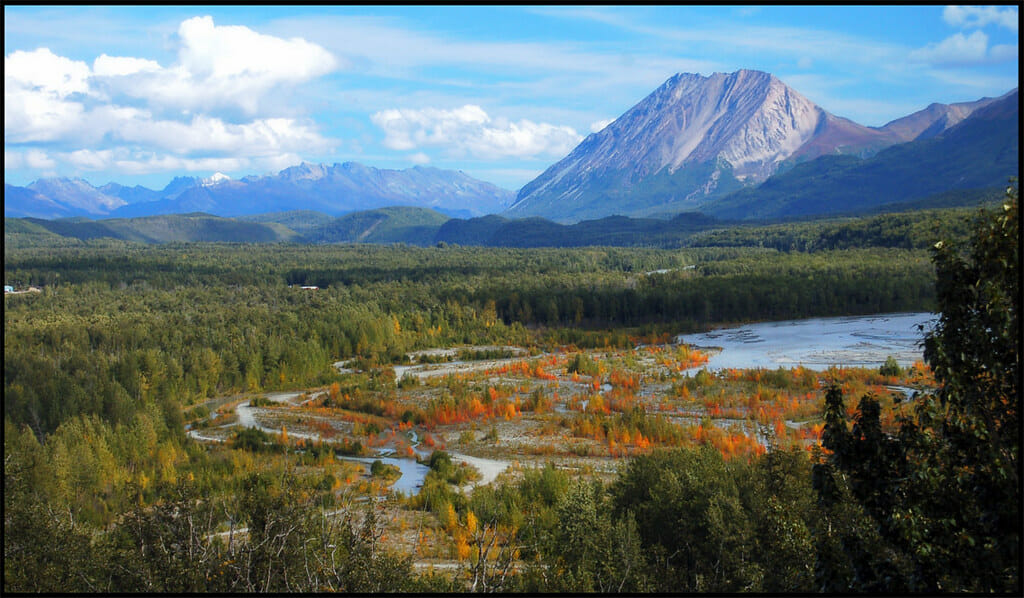Across the country, regional collaborations called “fish habitat partnerships” bring sometimes non-traditional partners together like sport and commercial fishing or business and government stakeholders to ensure vibrant fish habitat and communities. The idea sounds simple enough, but don’t underestimate their big effect.
Together, the players fund and conduct science, restoration, protection, and education projects that are changing communities for the better.
In Alaska, Trout Unlimited is involved with the Southeast, Kenai, Mat-Su and Southwest Alaska Fish Habitat Partnerships. This summer, the Alaska team increased its support for the partnership’s work in the Mat-Su by welcoming Jessica Speed, the Mat-Su Basin Salmon Habitat Partnership coordinator, as a member of staff.
“We are excited and honored for the opportunity to support the great work of the Partnership and look forward to working with many of the partners that, together, will work toward healthy salmon habitat and in turn, healthy Alaskan communities,” said Nelli Williams, Alaska director of Trout Unlimited. “It’s easy to see the value of fish habitat partnerships across the country, so it was an easy decision in increase our investment in this award winning work.”
Take a few moments to get to know Jessica and the work of the partnership by reading through our chat with Jessica below and checking out the website and following the Facebook page for the latest events and updates.
TU: Hi Jessica! We’re excited to have you on board with the TU Alaska Team! Where do you live and why did you decide to get involved in fish habitat work?

JS: I’m a recent arrival to Talkeetna – a small town in the upper Susitna River Valley in Southcentral Alaska. Having grown up on an island off the B.C. coast, amid a family of sports fishing enthusiasts and guides, fish habitat conservation was a natural fit. It’s such worthy work and is coupled with amazing variety. One day I might be working with 1st graders reenacting the salmon life cycle through the story of Timmy Salmon, and the next, drafting a letter to a city or borough mayor.
TU: What does healthy fish habitat mean for your family? And more broadly, what do you think the importance of intact fish habitat is for Alaska?
JS: It means that when we step out our backdoor – into the woods, mountains or along streams, we are part of a fully functioning salmon landscape. Something bigger and wilder than us. Something magic. And we know it will continue long after our own lifecycle is complete.
Freshwater habitat loss and fragmentation are some of the primary drivers in the decline of sea run fish elsewhere in the U.S. and the world. Intact habitat is an essential foundation to the future of wild fish in Alaska. So, if we want to keep fishing, we need to ensure fish have the healthy habitat they need at every stage and geography of their lifecycle. For species like salmon, that takes them from freshwater, to ocean and back – and may include multiple years as juveniles in our inland freshwaters.
TU: What of the Partnership’s project (or a couple projects) are you most excited about right now?
JS: I’m excited about a growing level of knowledge, collaboration, and sophistication in the salmon science work in the Mat-Su. For instance, not all that long ago, there were separate efforts to learn more about stream temperature, stream flow, and about juvenile salmon – what are the important areas and conditions for them. In more recent years, these efforts have merged to create an interdisciplinary effort. This joint work, focused on the Deshka and Little Susitna Rivers – two very important salmon producers – is increasing our understanding of, and ability to forecast future suitability of Mat-Su’s broader salmon habitat in a warming climate.
So, this work is a good example of how our long-term investment in science and collaborative partnerships is improving our ability to answer complex questions and giving us a better chance to conserve salmon.
TU: What’s your advice for someone looking to help fish habitat near their home?
JS: Thanks for asking this question. Ensuring Alaska has healthy fish populations into the future will depend on all of us – not just the scientists or fishery managers. So, if you like to fish, please do pitch in!
Fish like salmon need clean, cool water, enough of it, and free access to a variety of habitats. Here are just a few ideas:
- Keep a buffer of natural vegetation along streams and rivers – do not have your lawn all the way to the waters edge!
- Contact your local landfill to learn where to dispose of hazardous waste – don’t pour waste oil, paint thinner, paints or solvents onto the ground or down drains.
- Don’t block the passage of fish on local creeks and streams.
Here are a few other good resources!
- For landowners: Living Next to a Salmon Stream, Great Land Trust
- For developers: Building a Fish Friendly Mat-Su Basin, The Nature Conservancy
- Mat-Su Salmon Partnership Science Summaries: value of wetlands, importance of riparian areas and potential impacts from aquatic invasive species
- Alaska’s Wild Salmon, ADF&G
- Join a community group or Alaska Fish Habitat Partnership – show you recognize the value of habitat to healthy Alaskan fisheries!
TU: Thanks for sharing! We look forward to hearing more about this work.
Mark your calendars: The 13th Annual Mat-Su Salmon Science and Conservation Symposium is scheduled for Thursday, November 19th. The symposium will be virtual this year. Learn more online or on Facebook.



